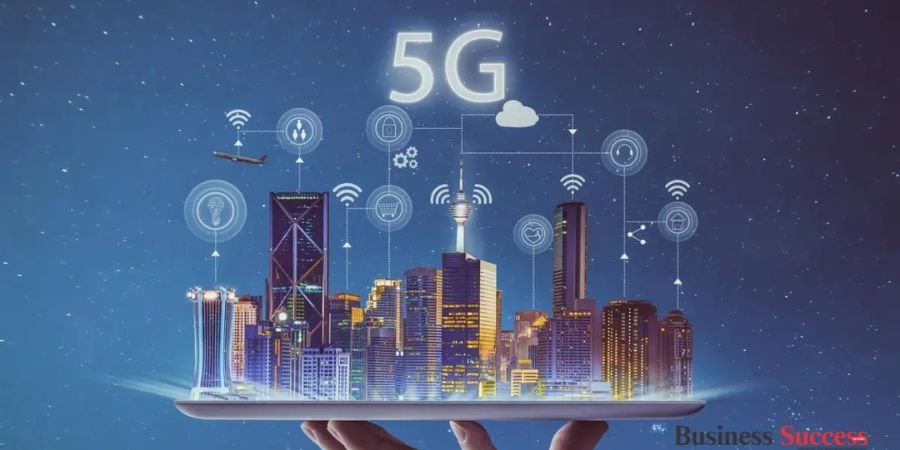5G Network technology marks a pivotal advancement in the realm of internet connectivity, ushering in a transformative era across various sectors. With its unparalleled speed and minimal latency, 5G stands as the premier choice in network technology. Here, we delve into the intricacies of 5G technology and its operational dynamics.
Understanding 5G Network Technology
5G, the fifth-generation cellular network, is at the forefront of internet technology, designed to meet the surging demand for data. This innovative network technology is distinguished by its high-speed data transmission, low latency, and the capacity to connect a vast array of devices simultaneously. Moving beyond its predecessor, 4G, 5G is not merely an upgrade but a leap forward, offering enhanced performance and seamless connectivity. Users can assess the performance of their 5G connections through speed tests, gaining insights into the network’s efficiency.
How 5G Network Technology Functions
5G operates on the same fundamental principles as earlier cellular technologies, utilizing cell sites to propagate data via radio waves. These sites are linked to the broader network through a combination of wired and wireless connections. A standout feature of 5G is its utilization of higher frequency bands, setting it apart from earlier generations.
The infrastructure of 5G is predominantly software-driven and incorporates cloud computing, simplifying network management and updates. Key components of 5G technology include:
- OFDM (Orthogonal Frequency Division Multiplexing): A critical element of 5G, OFDM is a modulation scheme designed to encode data on multiple carrier frequencies, offering lower latency and increased flexibility compared to 4G. Speed tests, like Spectrum’s Speed Test, can evaluate OFDM’s performance within the 5G framework.
- Small Towers: Unlike the large, standalone towers of 4G networks, 5G employs compact towers installed on various structures. These small-scale installations are crucial for 5G’s enhanced speed and efficiency, enabling the network to operate effectively from numerous cell sites.
- Network Slicing: This innovative feature allows mobile network operators to create multiple virtual networks within a single physical infrastructure. Each “slice” can be tailored to specific industry needs, such as enhanced streaming services. This capability allows 5G networks to meet diverse requirements across different sectors and industries.
In summary, 5G technology is a monumental step in network technology, characterized by its speed, efficiency, and adaptability. Its sophisticated infrastructure and unique components, such as OFDM, small towers, and network slicing, underscore its potential to revolutionize how we connect and interact in the digital age.





